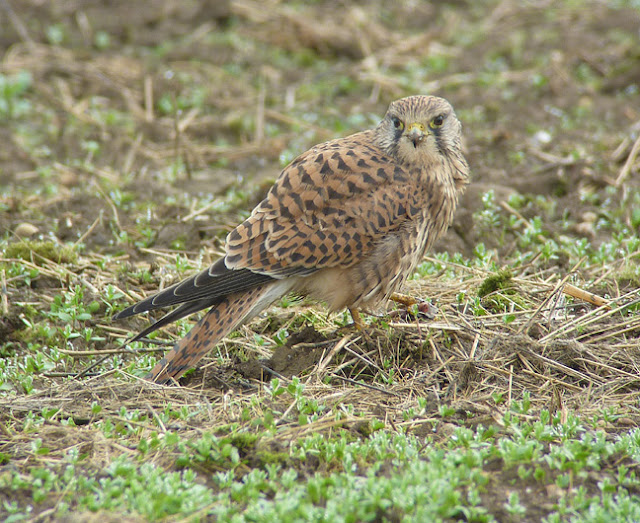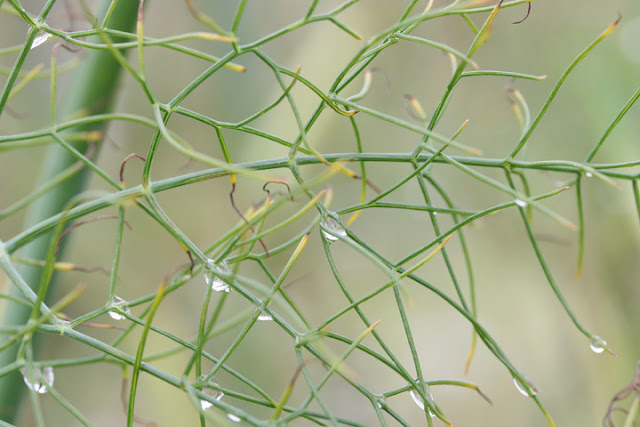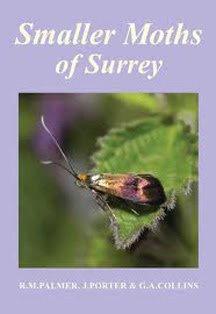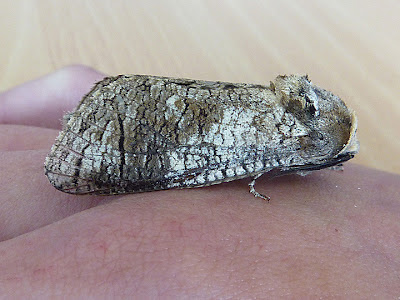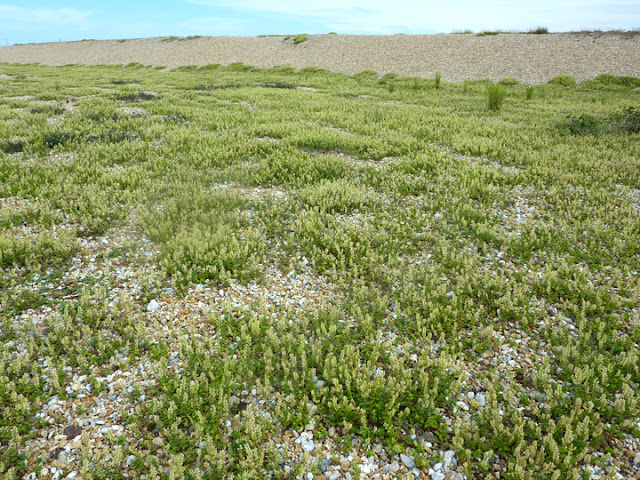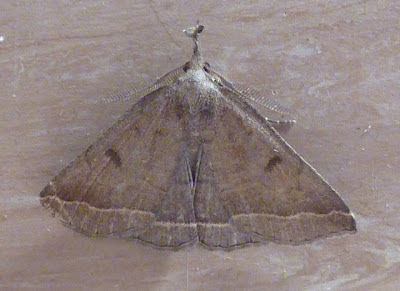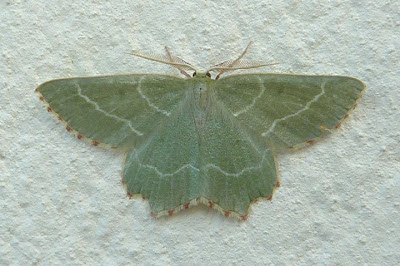One thing to piss me off before I die
I found myself wandering around Kingston-upon-Thames town centre yesterday afternoon. Along with a tide of humanity that seemed hell-bent on spending even more money on such necessary requirements such as DVD boxed-sets, CDs, books and shiny electrical appliances. Recession? Not here, pal... I was there under duress, not in the best of moods, but to salve my increasingly furrowed brow I walked into Waterstone's the 'book' shop. Oh dear. I was met by a display of book titles, all themed "One thousand things to do/see/hear before you die". I picked up the tome dedicated to telling us what music we need to consume before we are carted off to where ever we are destined to end up - I think I know a bit about music - and was singularly unimpressed with most of the choices. I scowled at the other books, suggesting what printed word we need to read, what places we need to visit and I remembered that there are at least two natural history books based around this same, ...








